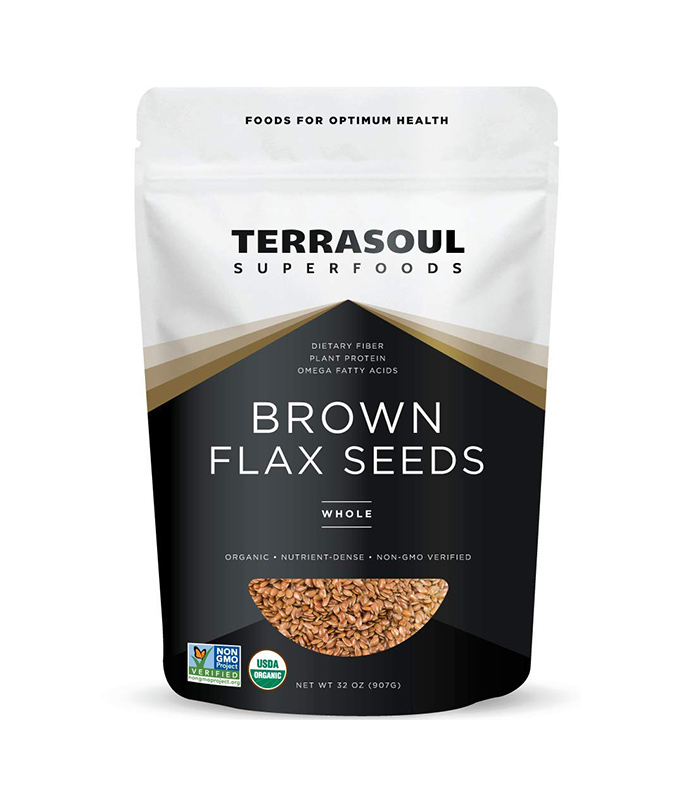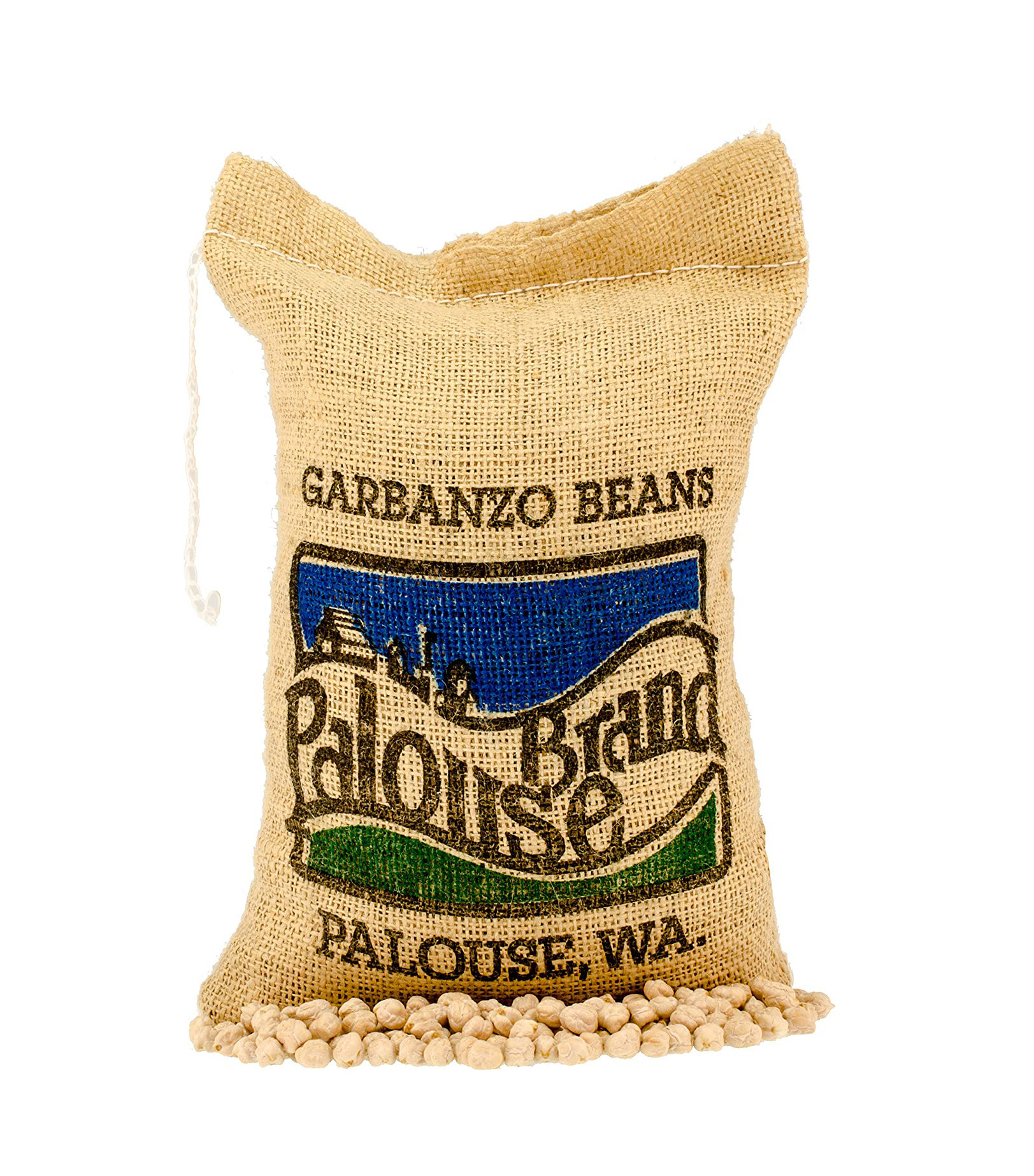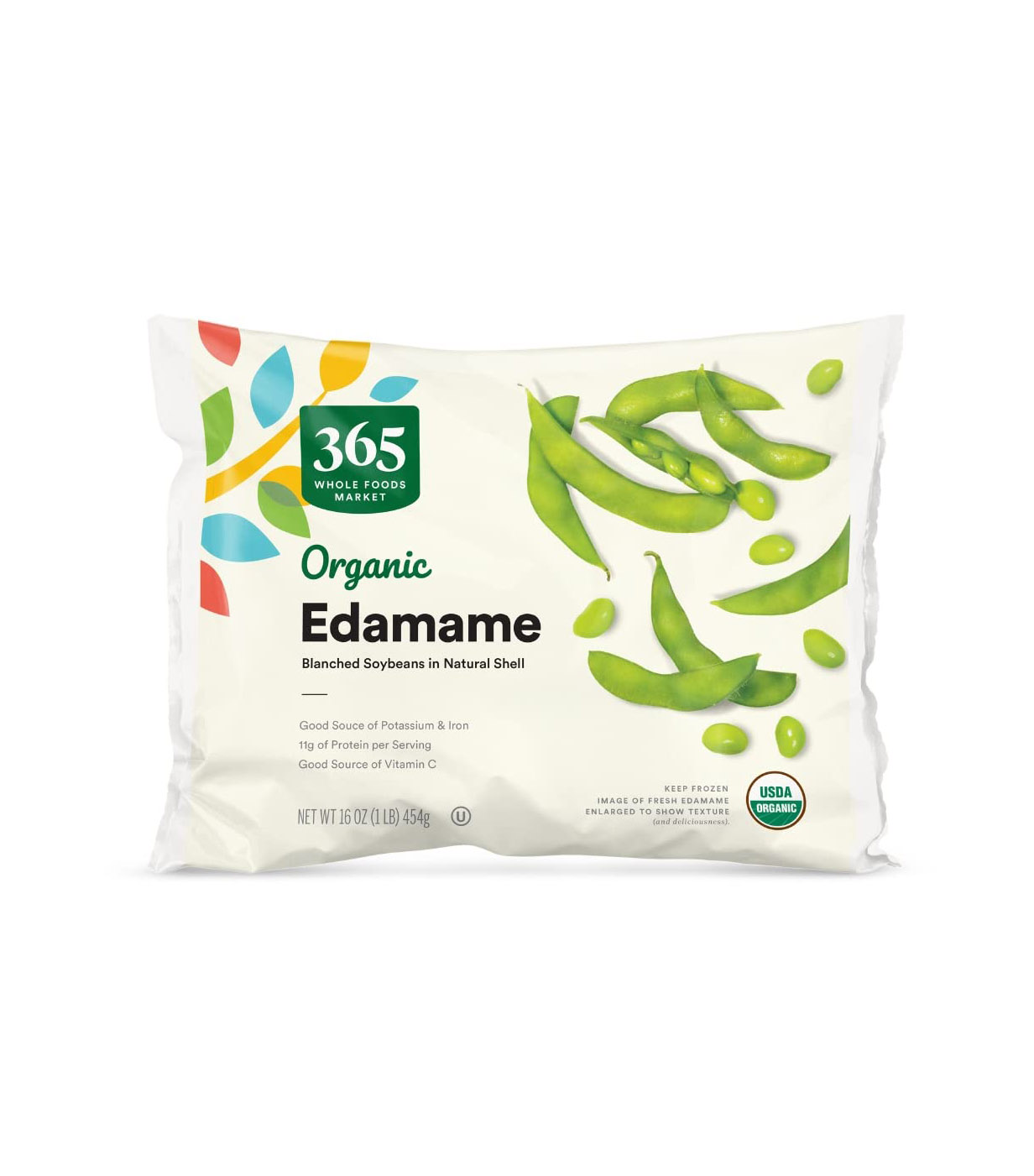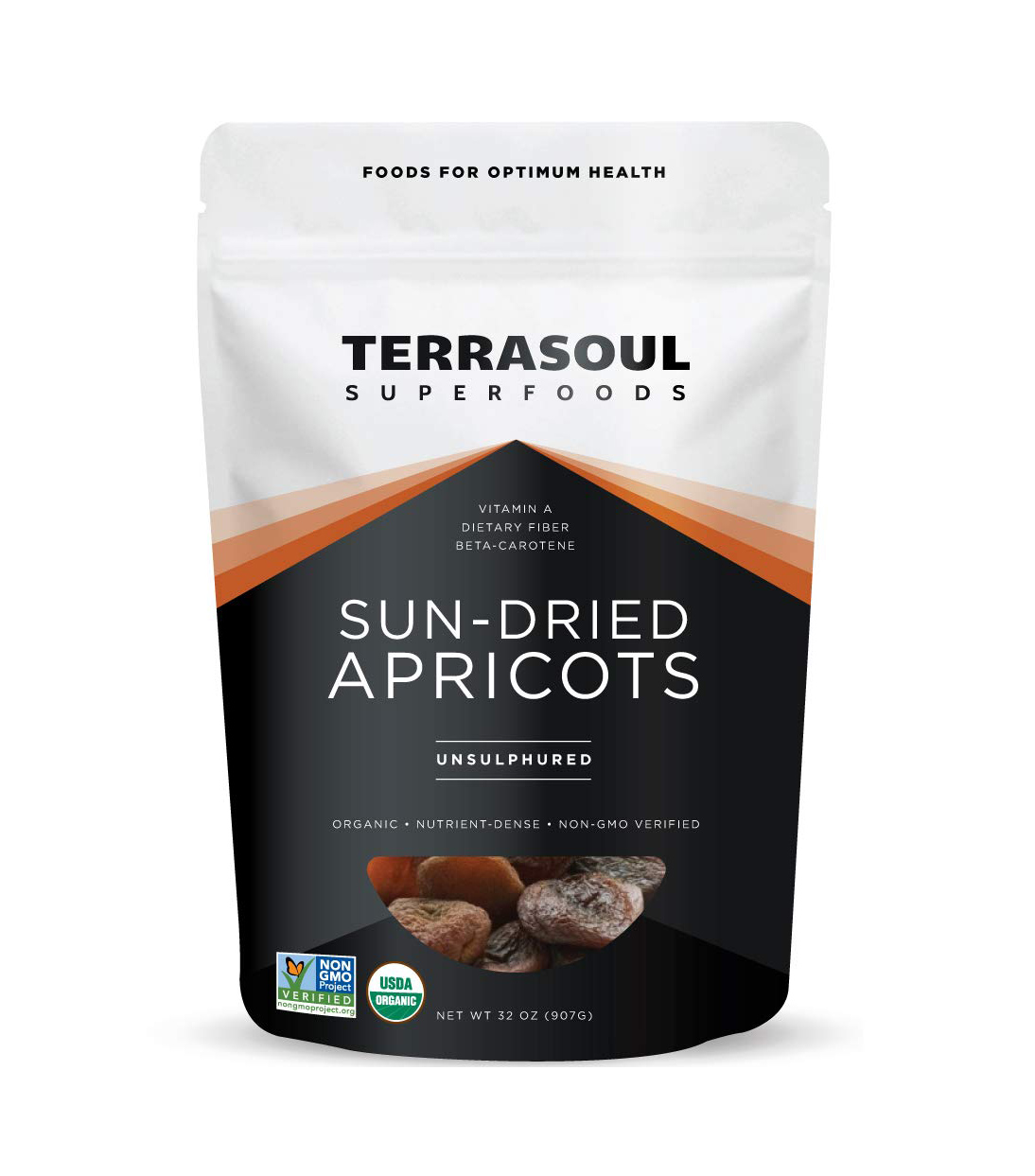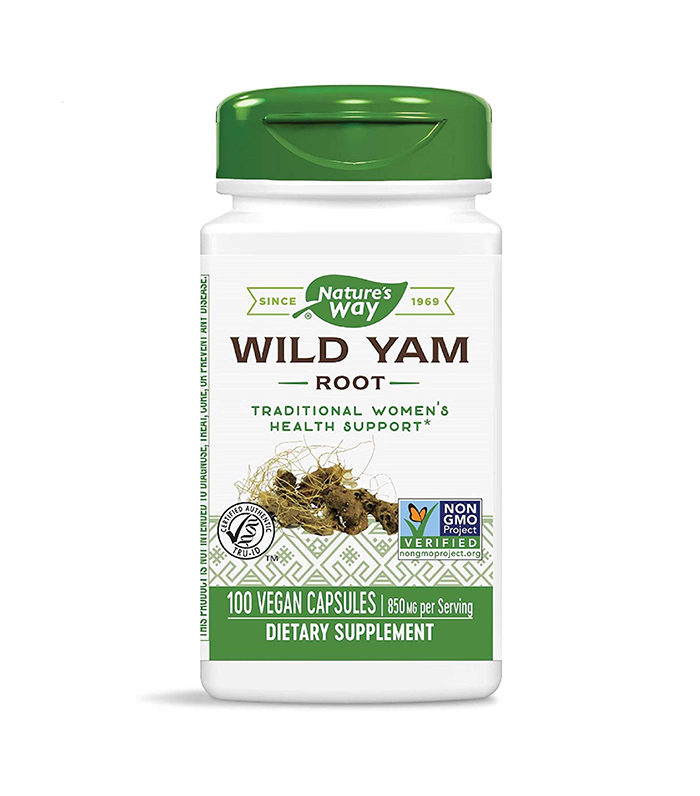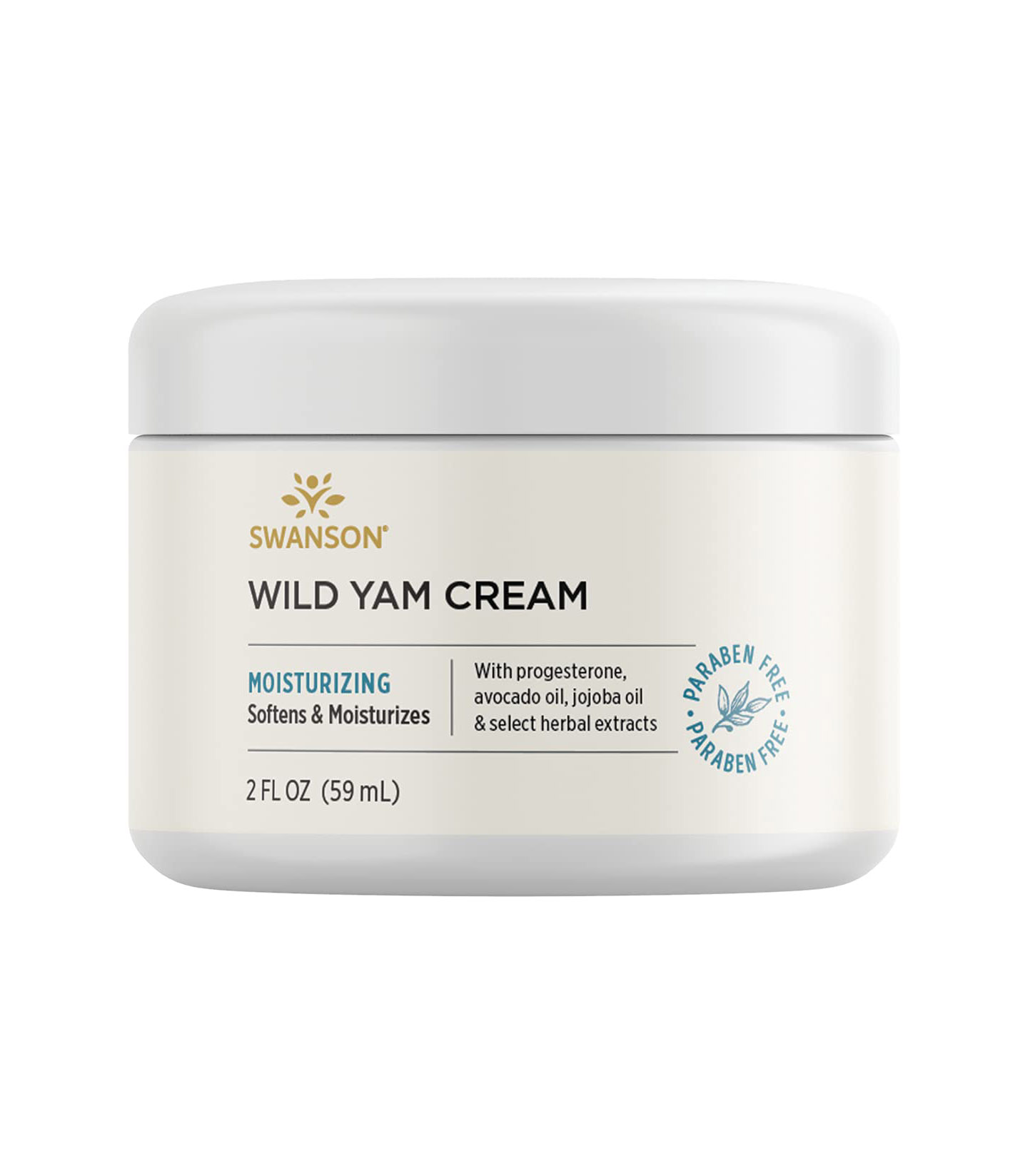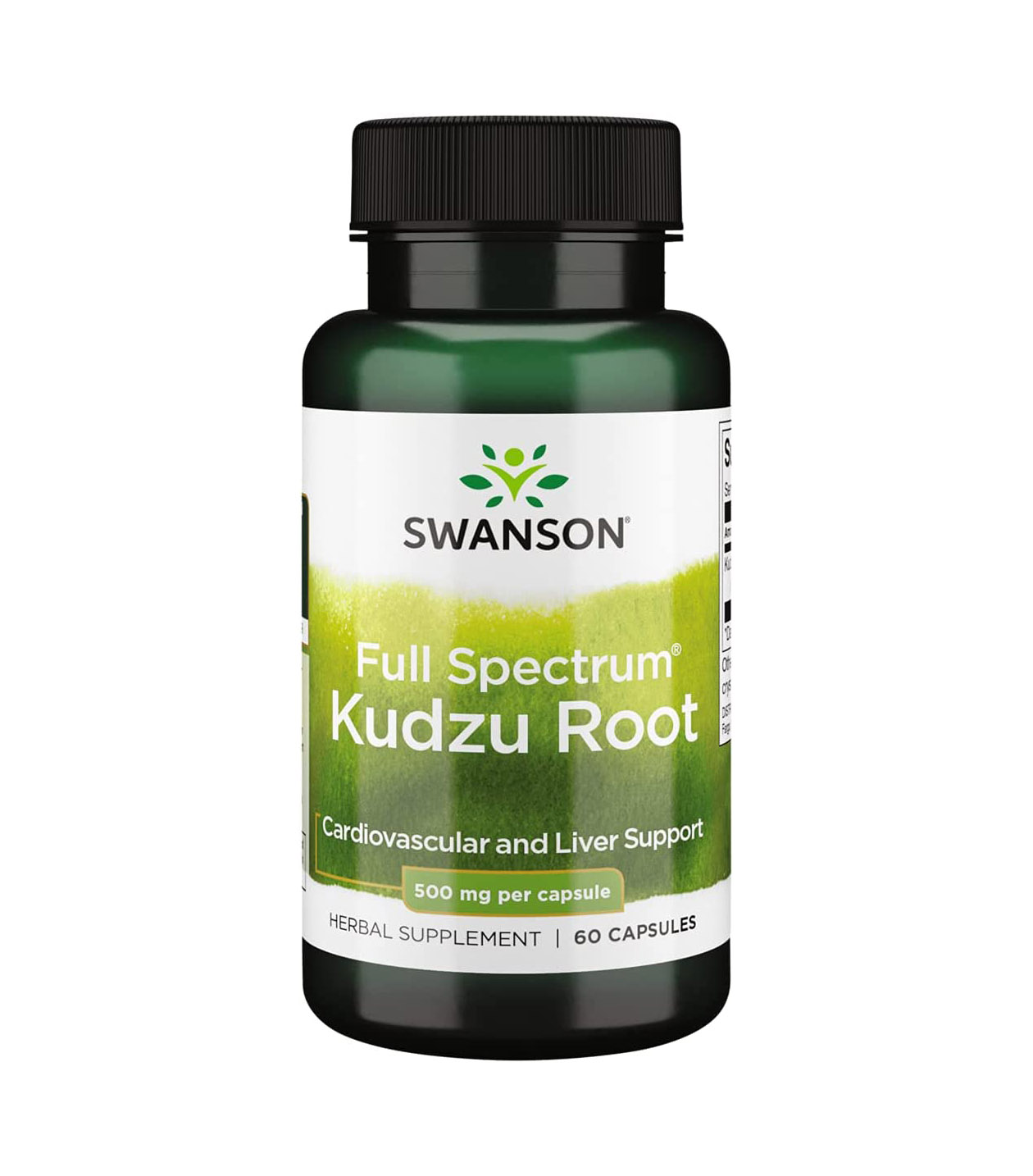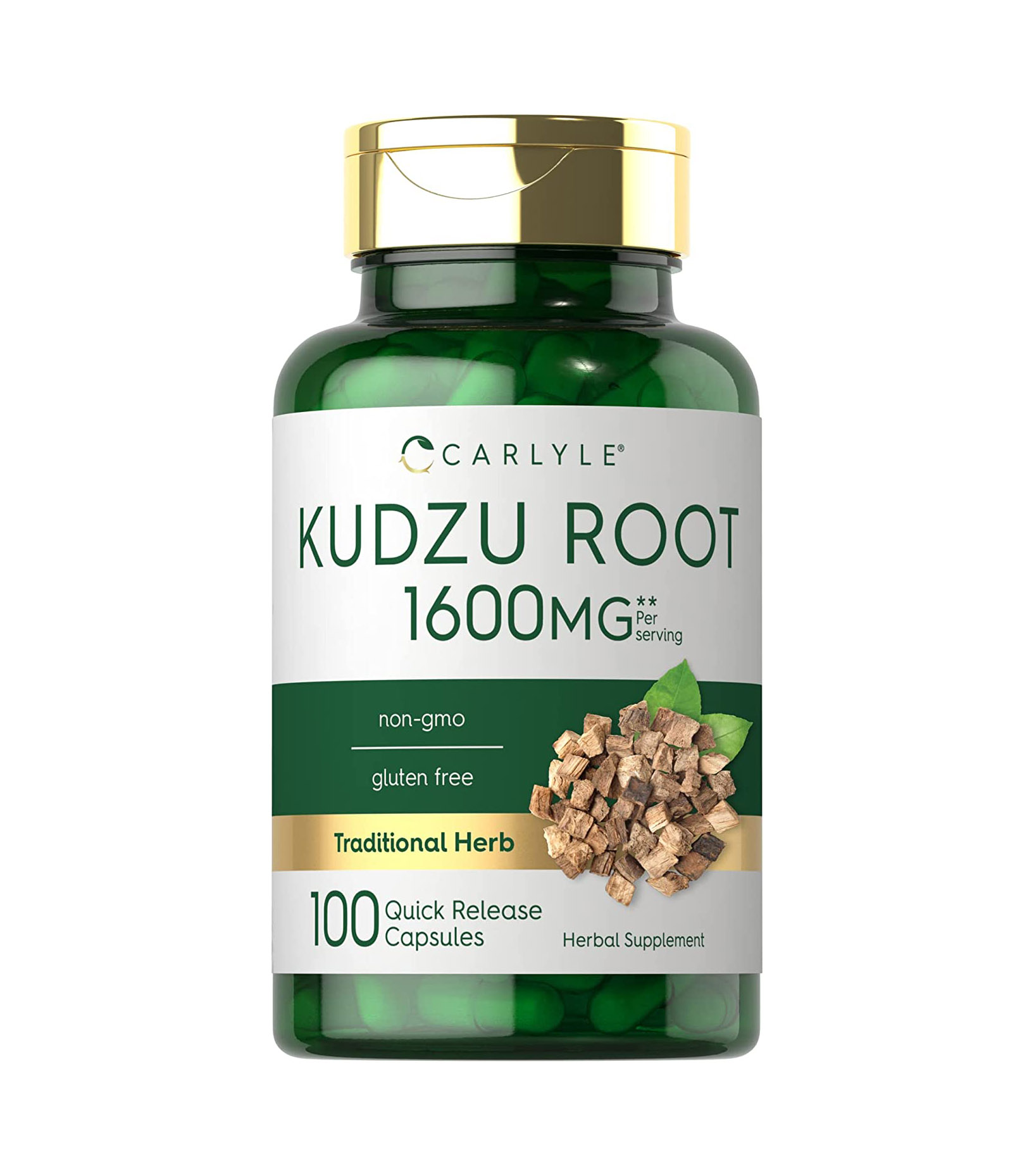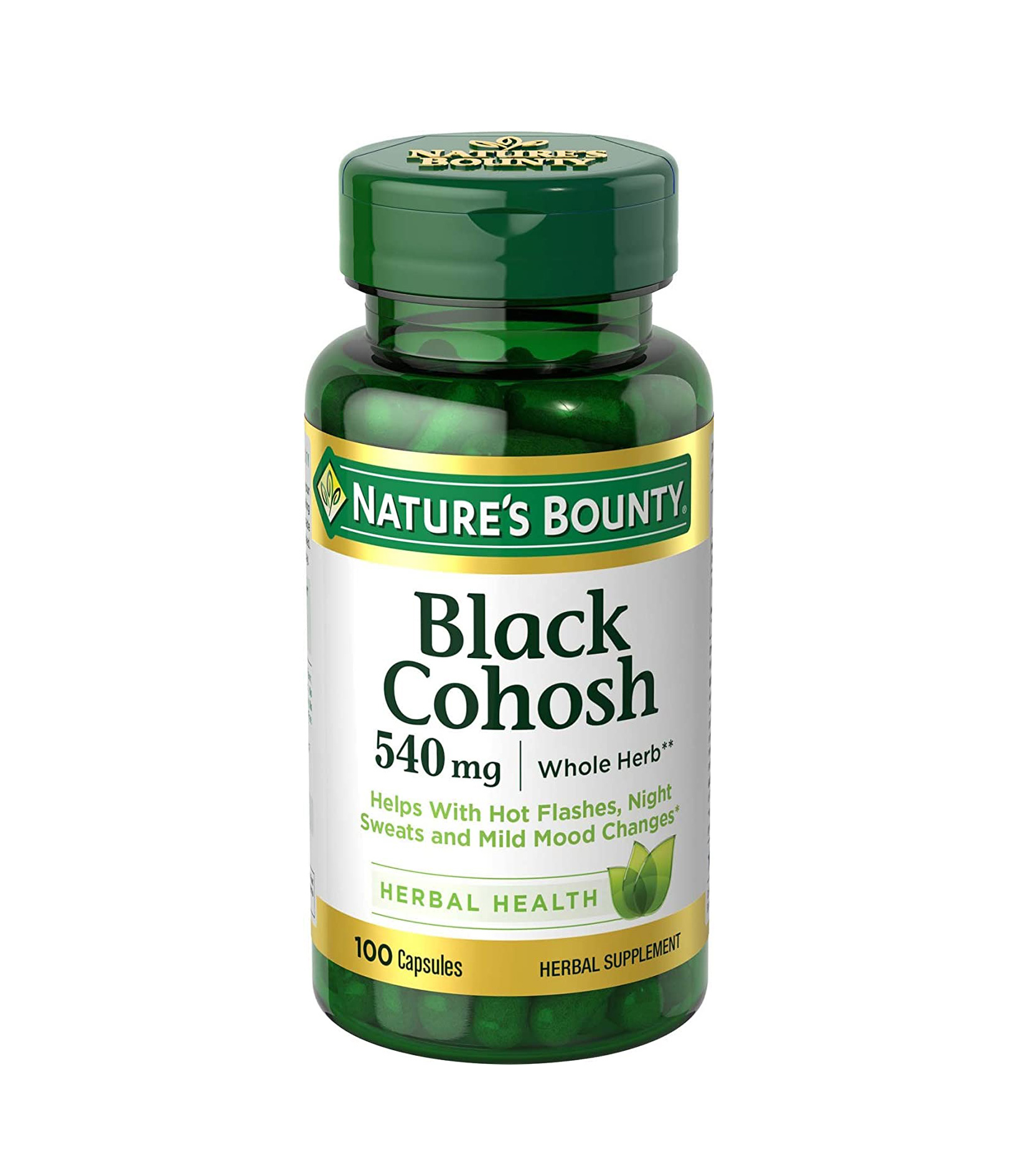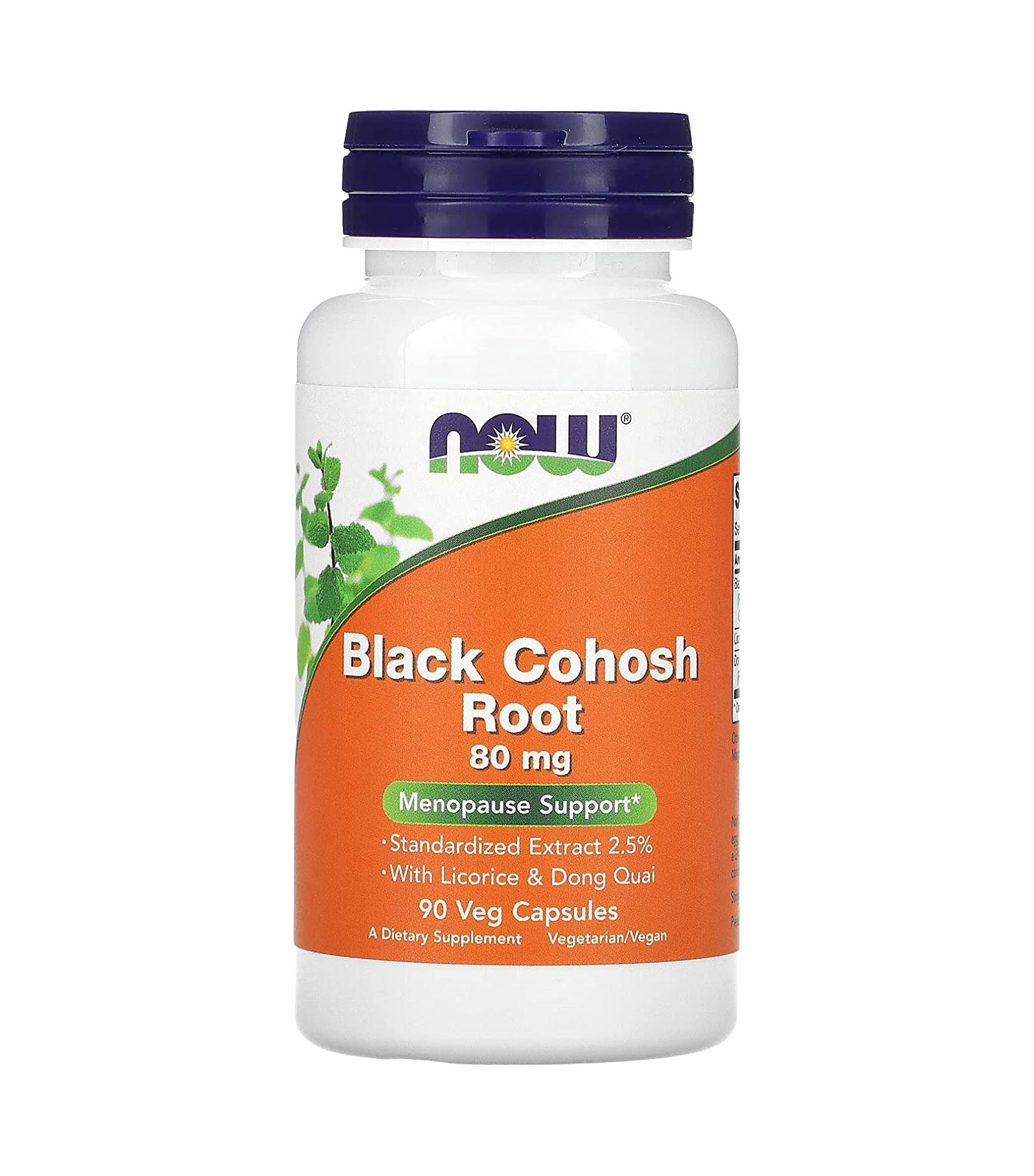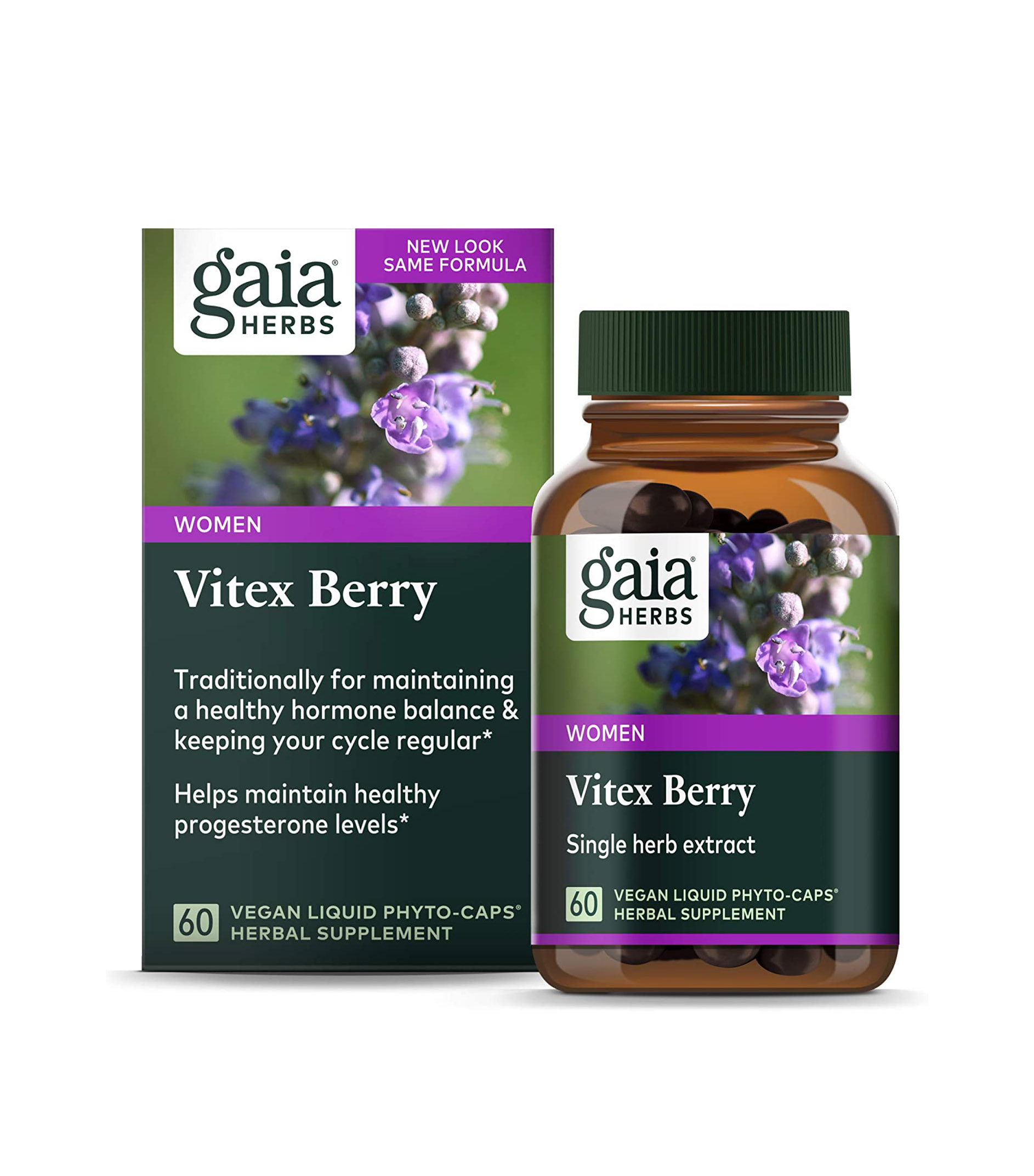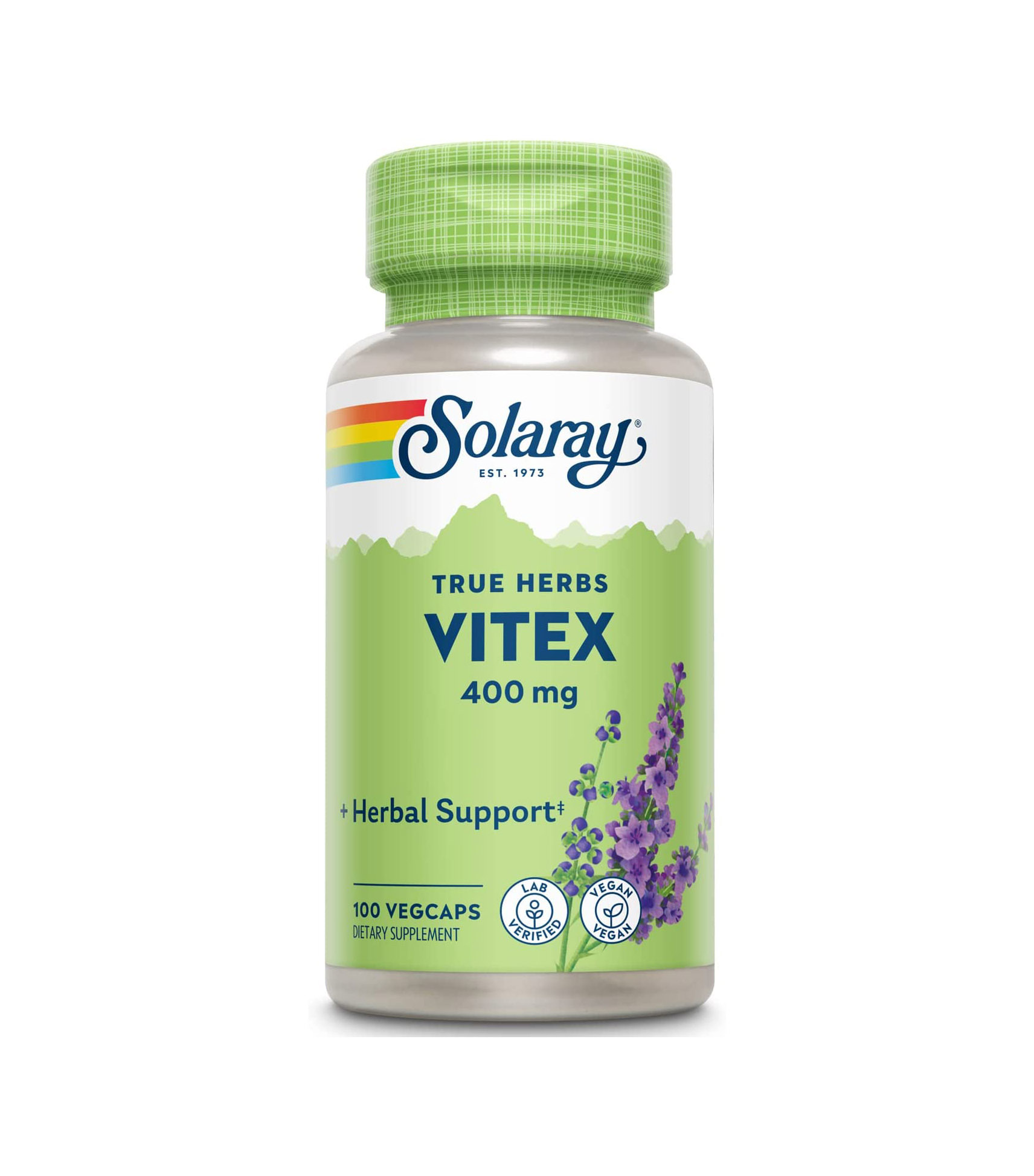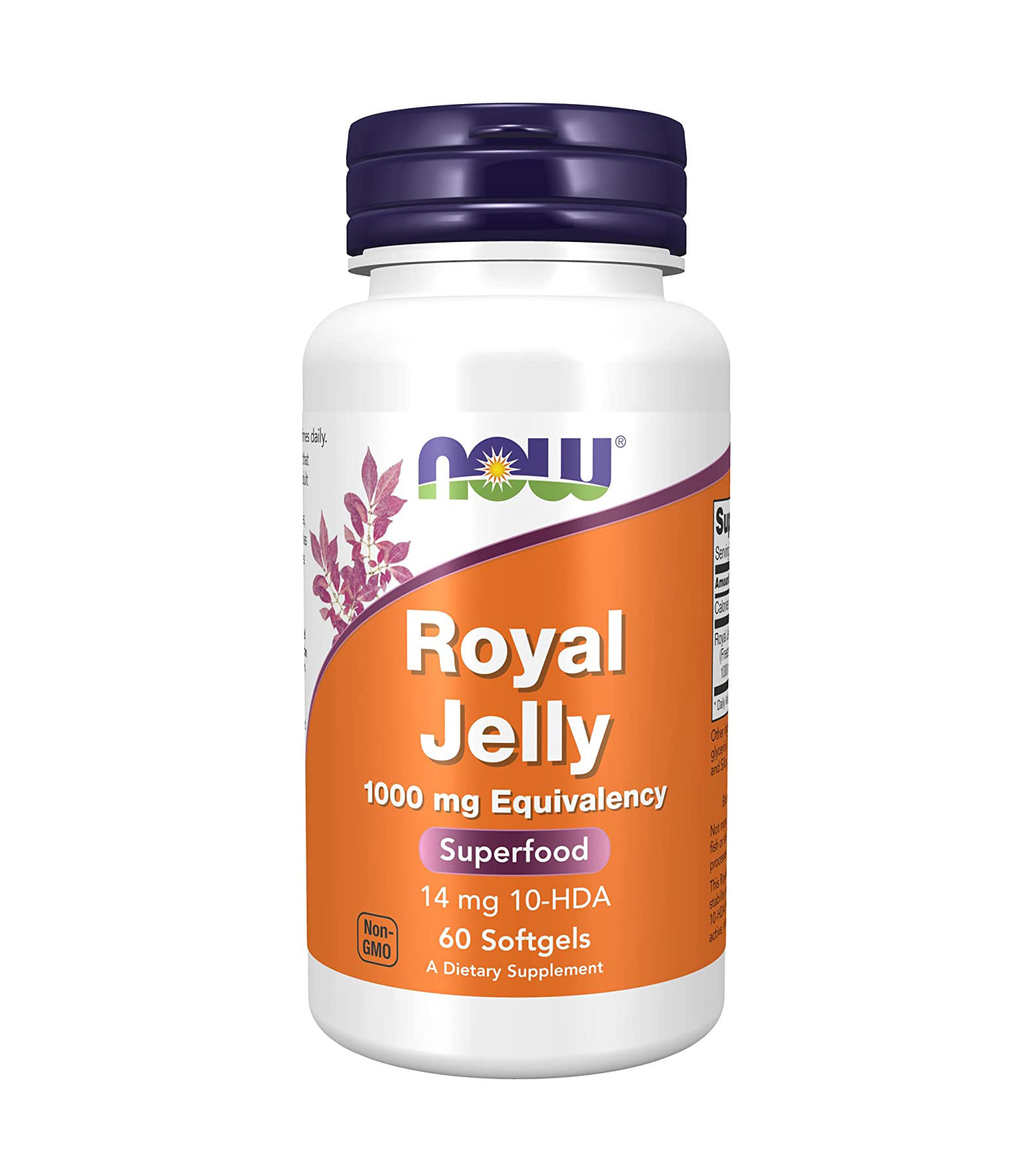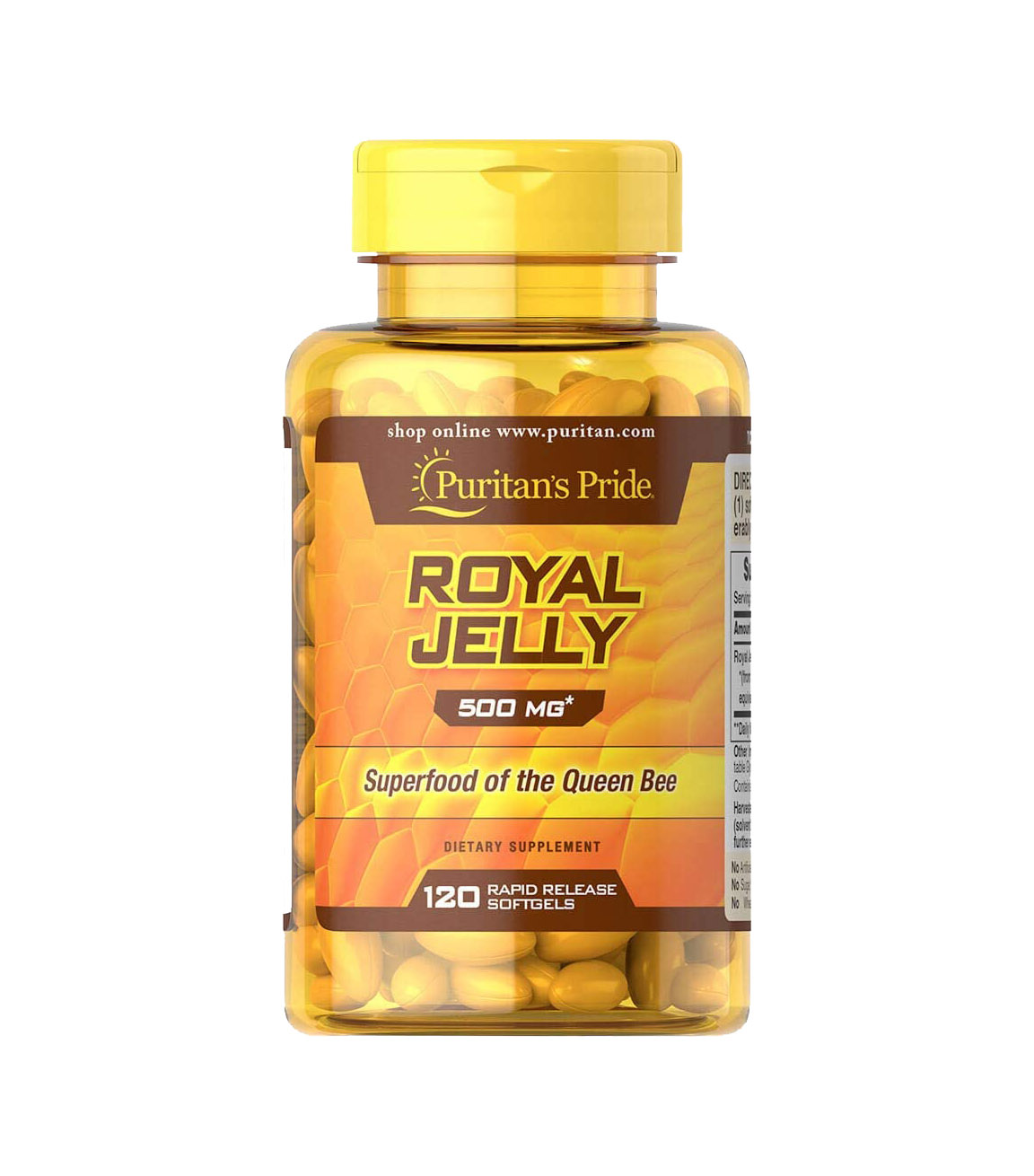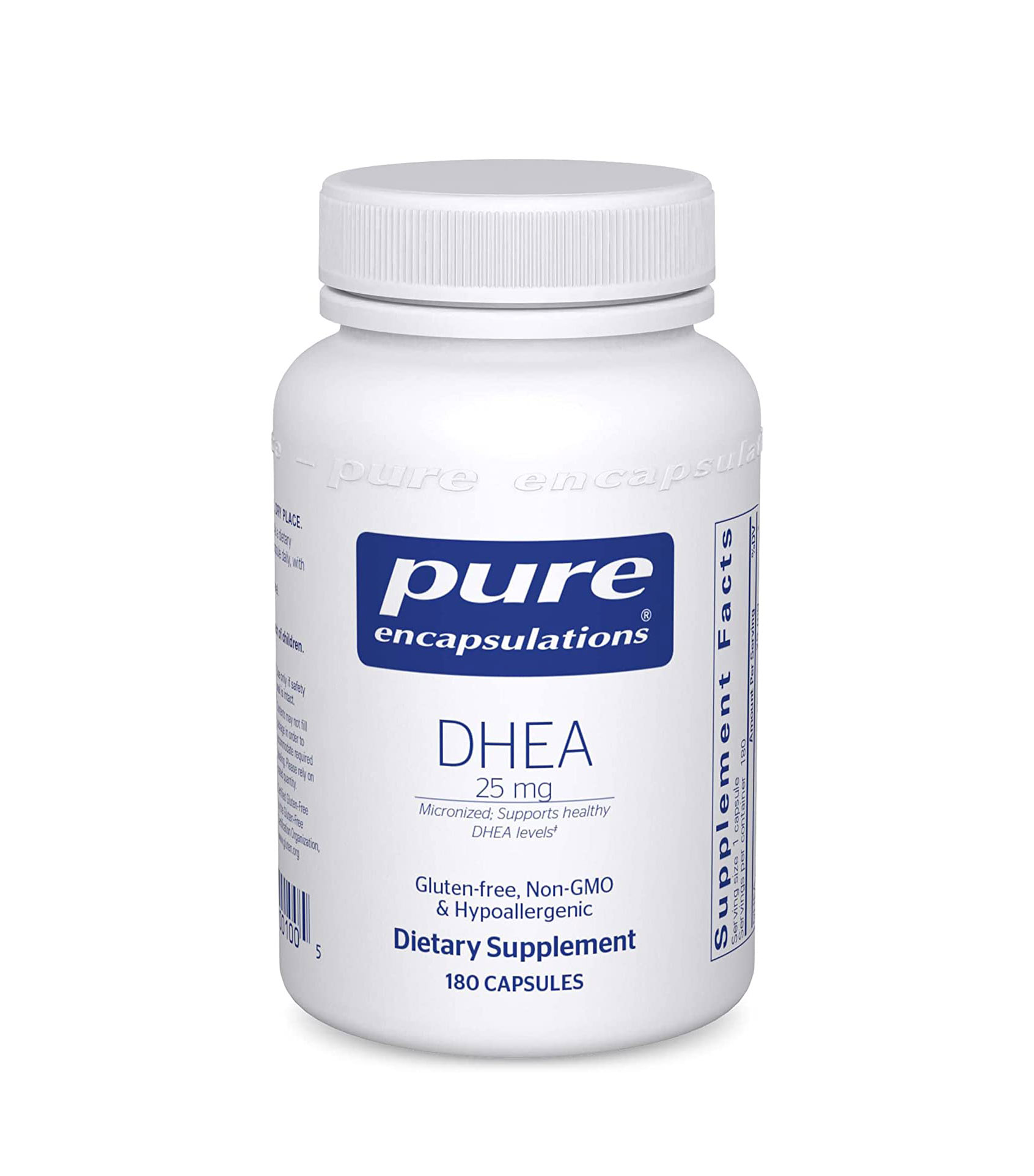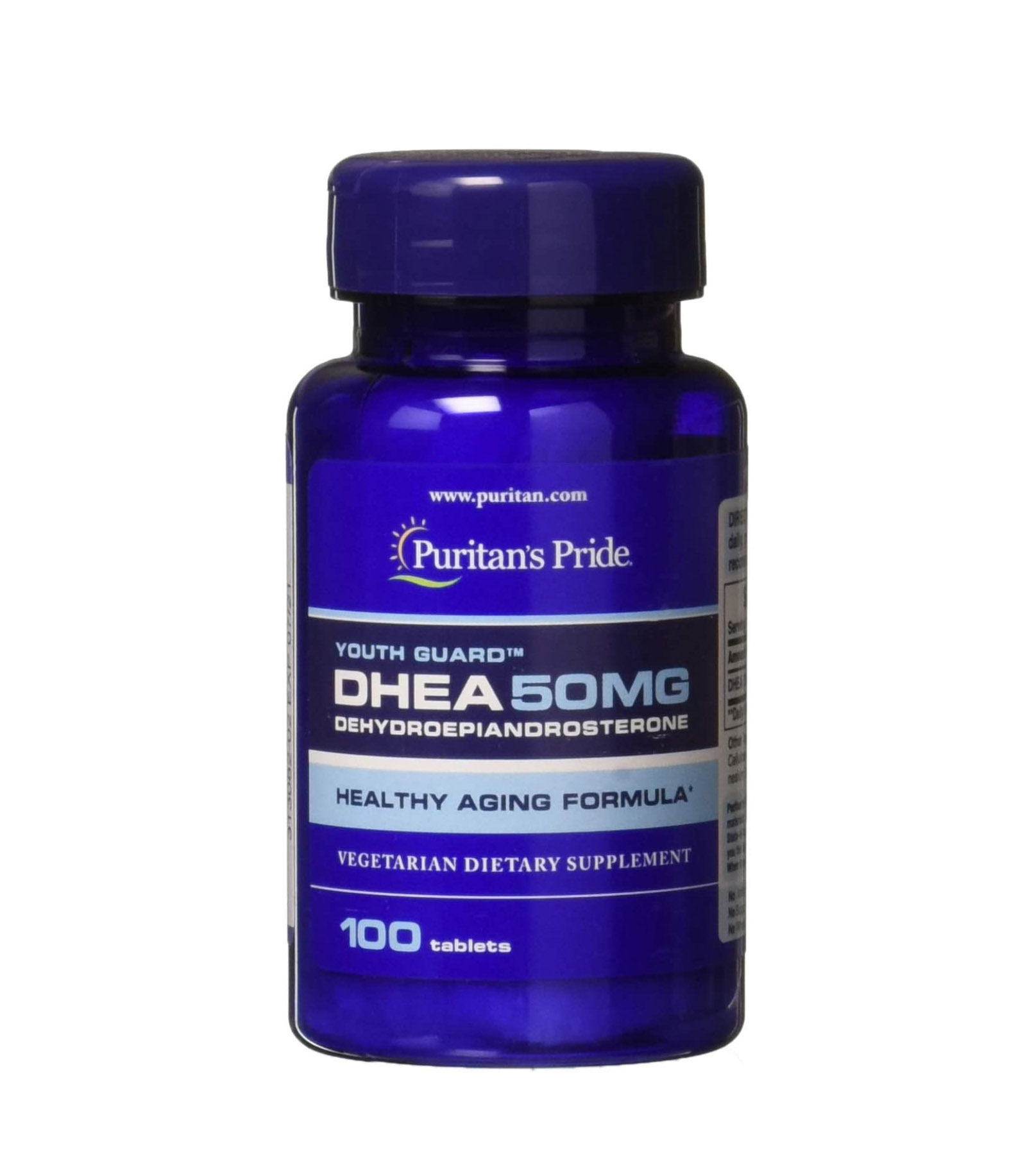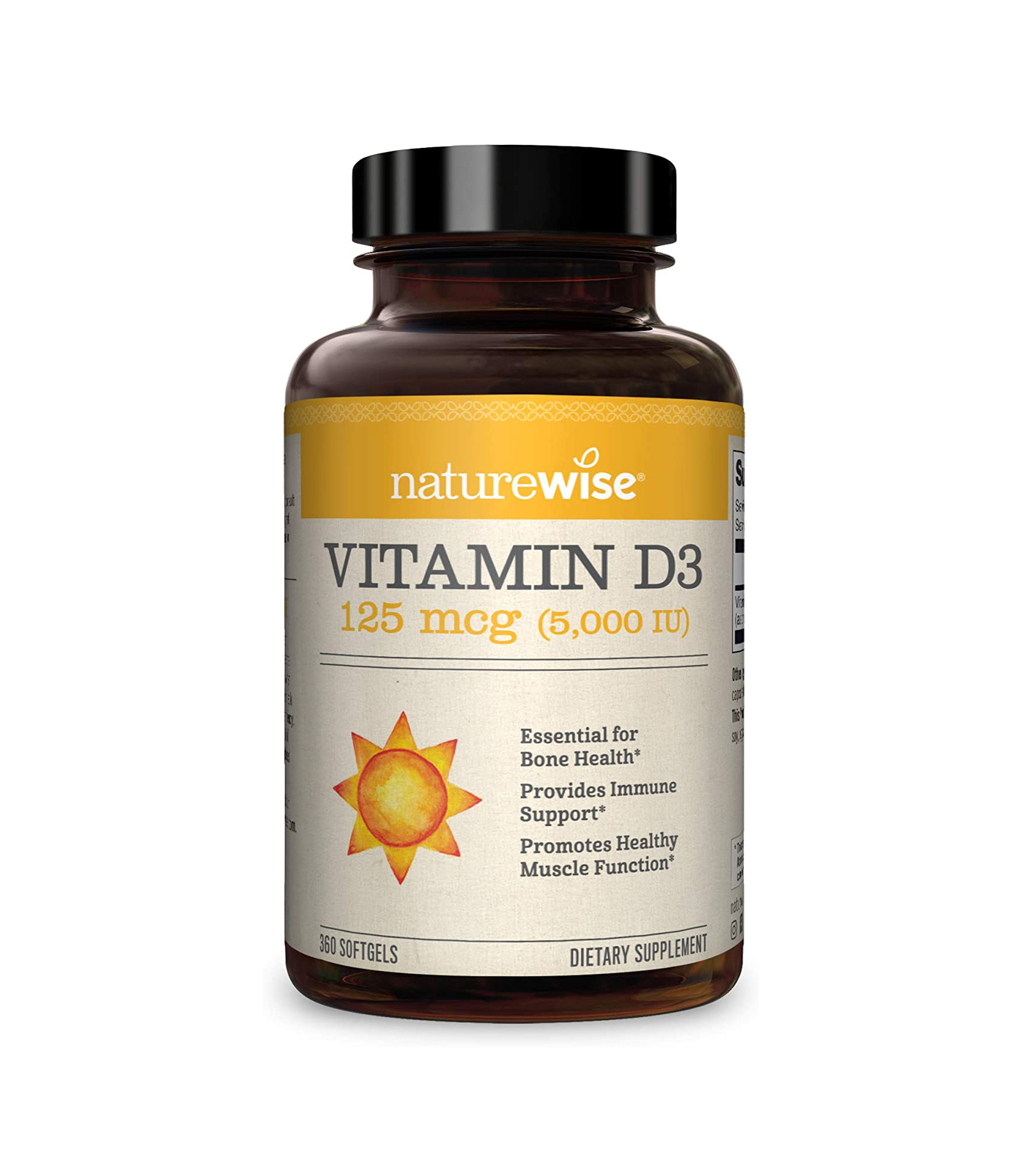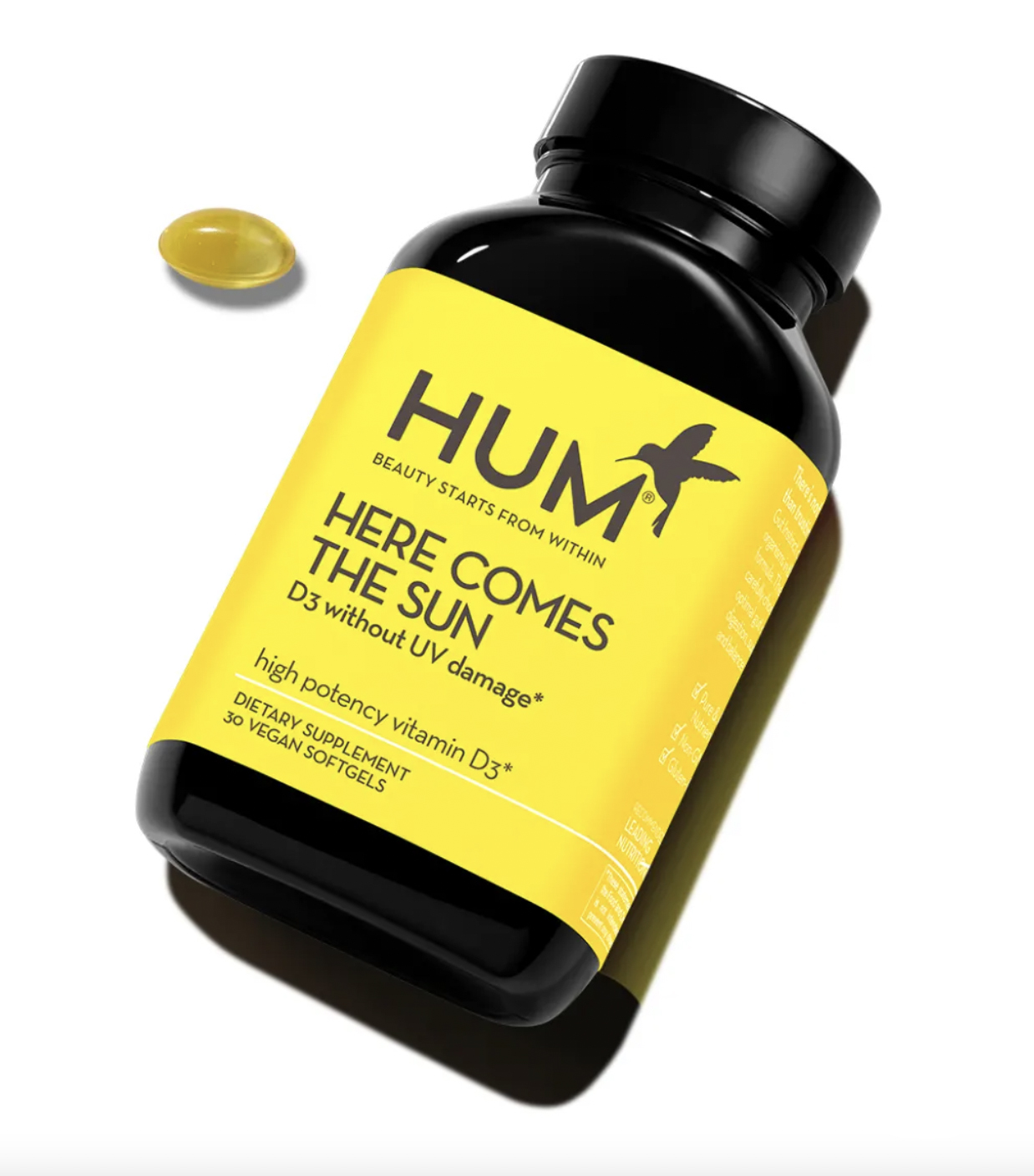10 Ways to Increase Estrogen Naturally

When your estrogen levels are off, your body can feel off too. Estrogen is a sex hormone that has many functions: It controls the menstrual cycle, keeps cholesterol in check, protects bone health, and affects your brain, bones, heart, skin, and other tissues.
"There are many reasons you can have low estrogen, but most commonly, it is a normal change women go through during menopause," explains Navya Mysore, MD, family provider at One Medical. "Symptoms at that time can be hot flashes, excessive sweating, and vaginal dryness. One sign that is common is low bone mass, as we have reduced estrogen levels in menopause."
Your estrogen levels are highest in the middle of your menstrual cycle and lowest during your period. According to the Endocrine Society, other symptoms of low estrogen levels include menstrual periods that are less frequent or that stop, trouble sleeping, low sexual desire, mood swings, and dry skin.
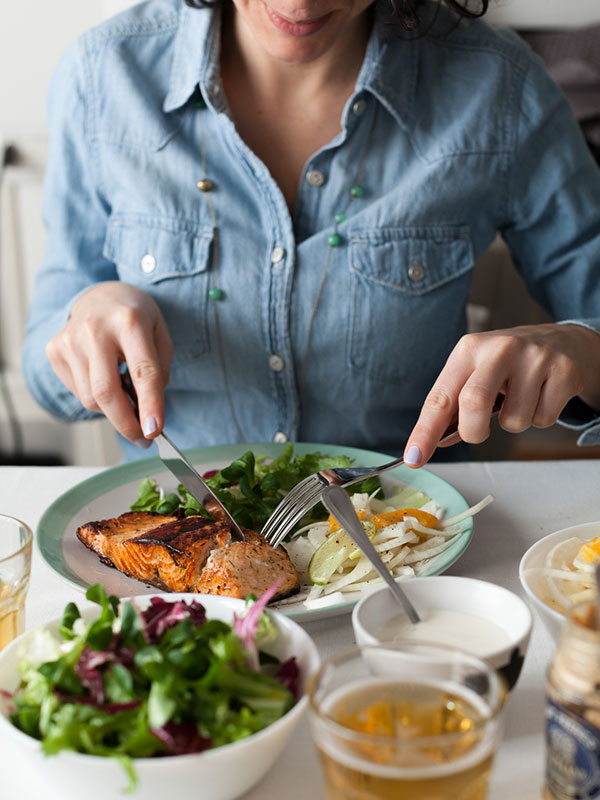
You can get your estrogen levels checked through a blood or urine sample at your doctor's office. And your doctor may treat low estrogen levels with hormone therapy (pills, skin patches, gels, or creams). But there are some lifestyle changes you can make that can help you manage your estrogen levels naturally, which we've outlined below.
Ultimately, it's important to note that you should discuss with your doctor what's the best course of action to take.
Foods to Eat
Phytoestrogen-Rich Foods
Phytoestrogens are plant-derived dietary compounds that have a structure similar to estradiol, the primary female sex hormone in women of childbearing age. "Phytoestrogens mimic estrogen in the body and are found in plants and plant-based foods," Yasi Ansari, MS, RD, CSSD, a national spokesperson for the Academy of Nutrition and Dietetics told us. "When they enter the body, they are recognized by the body's estrogen receptors. Although their effects may be weaker, their similarity to estrogen makes them beneficial in helping the body during times when estrogen deficiency may cause health concerns."
One big source of phytoestrogens are flaxseeds. Nicole Glathe, DAOM, LAc, Dipl OM, co-founder of Elix, says that the phytoestrogen lignans contribute to the plant's hormonal effects. Glathe adds that other dietary sources include soybeans, hummus, chickpeas, and dried apricots, prunes, and dates.
Supplements and Herbs to Take
Wild Yam
Glathe says wild yam might help increase estrogen activity. It comes in cream and supplement forms. While more research needs to be done on the subject, a study found that replacing two-thirds of staple food with yam for 30 days can improve the status of sex hormones, lipids, and antioxidants.
Kudzu Root
According to a 2017 study, kudzu root contains abundant estrogen-like isoflavones (a class of phytoestrogens). And there are other studies that suggest that kudzu might help reduce the symptoms of menopause.
Black Cohosh
According to the National Center for Complementary and Integrative Health, black cohosh is promoted as a dietary supplement for hot flashes, other menopausal symptoms, menstrual cramps, PMS, and to induce labor. The NCCIH says that although there are studies that have linked black cohosh to helping menopause symptoms, its beneficial effects are not 100% certain. So before you take it, make sure to speak with your doctor, especially if you have hormone-sensitive conditions like breast cancer.
Vitex Berry
Glathe says vitex berry (a dried fruit used in herbal medicine) is also a source of phytoestrogens. There's evidence that it could be used to balance estrogen and progesterone during the menstrual cycle and help with PMS symptoms.
Royal Jelly
According to the University of Michigan Health System, royal jelly is a secretion produced by worker bees to nurture the development of the queen bee. Glathe says it has estrogenic activity by binding to estrogen receptors.
DHEA
"This is a naturally occurring precursor to estrogen, so taking it can increase the amount of circulating estrogen, but it should only be used under the supervision of a physician, as it can have side effects," Glathe says.
Vitamin D
Studies have found that vitamin D plays a role in estrogen synthesis, adds Glathe.
Lifestyle Changes to Make
Increase Weight-Bearing Exercises
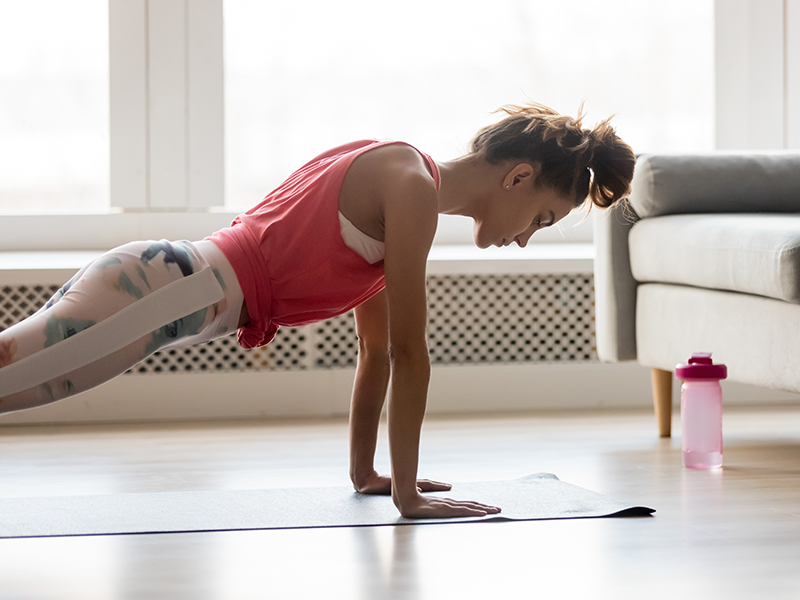
Maintaining an overall healthy lifestyle is important for so many reasons, but managing your hormone levels is one. "If you have low estrogen levels, there are things you can do to help your bone health like increasing your weight-bearing exercises and eating a well-rounded healthy diet," Mysore says.
Decrease Caffeine and Tobacco Intake

Glathe suggests taking a look at your caffeine and tobacco consumption. Both can alter estrogen levels.
Next up: Want to Keep Your Hormones in Check? Eat These 7 Foods
This article was originally published at an earlier date and has been updated.
Disclaimer
This article is provided for informational purposes only and is not intended to be used in the place of advice of your physician or other medical professionals. You should always consult with your doctor or healthcare provider first with any health-related questions.
Sarah is lifestyle writer and editor with over 10 years of experience covering health and wellness, interior design, food, beauty, and tech. Born and raised in Los Angeles, she attended New York University and lived in New York for 12 years before returning to L.A. in 2019. In addition to her work at Who What Wear, she held editor roles at Apartment Therapy, Real Simple, House Beautiful, Elle Decor, and The Bump (sister site of The Knot). She has a passion for health and wellness, but she especially loves writing about mental health. Her self-care routine consists of five things: a good workout, “me” time on the regular, an intriguing book/podcast/playlist to unwind after a long day, naps, and decorating her home.
